Jean Dubuffet exhibition: Brutal Beauty at the Barbican
One of the great post-war artists, Dubuffet took ugliness and ‘fashioned it into something extraordinary’
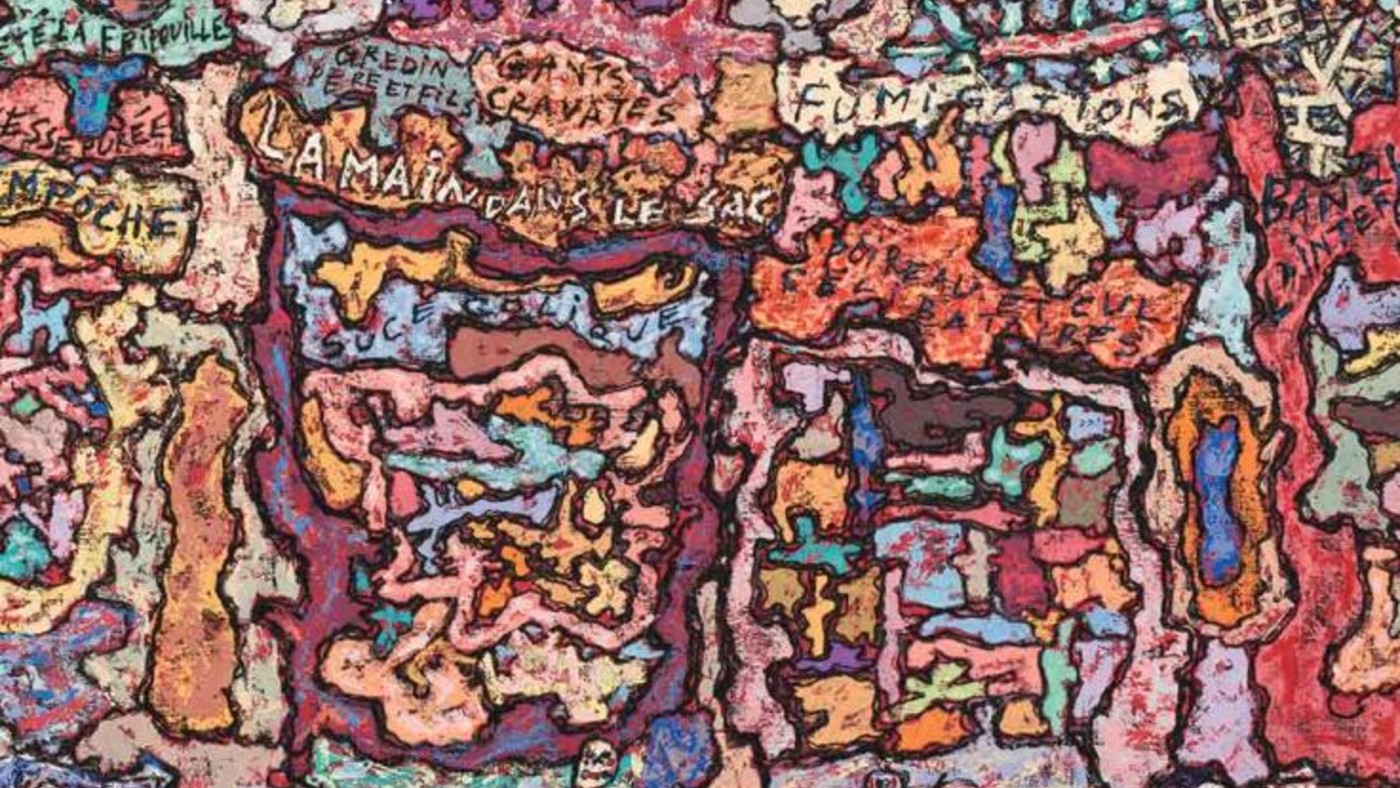
In October 1944, an exhibition opened in Paris that scandalised the newly liberated city’s art world, said Jonathan Jones in The Guardian. The artist responsible was Jean Dubuffet, a middle-aged provincial wine seller who had never before shown his work in public – but whose art made the ageing avant-garde movements of the time look tame.
Dubuffet (1901-1985) looked not to art galleries for inspiration, but to the city’s graffiti-strewn walls, faithfully reproducing them in scrappy collages that made no concession to prettiness. His palette – “a melange of snot greens, piss yellows and shit browns” – could hardly have been uglier. His materials were not just oil, paint and clay, but urban detritus: dirt, broken glass, discarded newspapers, even dead insects. Most shocking of all was that Dubuffet seemingly “abandoned all pretence at skill”, in effect rejecting every rule of good taste. Yet, against the odds, he would come to be regarded as one of the most influential artists of his time: his ideas are “everywhere” in the art world today. When it opens its doors on 17 May, the Barbican will host the first major Dubuffet exhibition to be held in Britain for 50 years, bringing together a broad selection of his “anti-art”, and showing how he took ugliness and “fashioned it into something extraordinary”.
Dubuffet did not dedicate himself to art until his 40s, said Claire Selvin in Artnews. Although he had studied painting in Paris as a young man, he had bridled at the rigidity of how art was taught, and quit in disgust, spending 20 years working in the wine trade, while maintaining contact with the prime movers of the surrealist movement. Crucial to his work was his interest in untrained – or “outsider” – artists, particularly the mentally ill. Their work, he believed, revealed much more about the human subconscious than anything that came out of the tasteful dogmas of modernism. “I have a great interest in madness, and I am convinced art has much to do with madness,” he explained. His early works replicated the untutored visions of the outsiders he admired: he painted childlike scenes depicting passengers on the metro, Parisian crowds and jazz concerts, sometimes incorporating unusual materials – “cement, foil, tar, gravel” – to blur “the boundary between painting and sculpture”.
The Week
Escape your echo chamber. Get the facts behind the news, plus analysis from multiple perspectives.

Sign up for The Week's Free Newsletters
From our morning news briefing to a weekly Good News Newsletter, get the best of The Week delivered directly to your inbox.
From our morning news briefing to a weekly Good News Newsletter, get the best of The Week delivered directly to your inbox.
In one “notorious” 1947 show, Dubuffet even presented a portrait that purported to be fashioned from chicken droppings, said Laura Cumming in The Observer. Outraged Parisians “showed their disgust in organised protests”. Yet paradoxically, he was not an artist without skill. His sculptures are often wonderful: his portrait of Antonin Artaud sees the playwright “perfectly defined as a labyrinth of live wires”. By the 1960s, Dubuffet had become feted in both France and America, where he made several “gargantuan” sculptures. Composed of “giant cut-out figures, like vast jigsaw pieces”, they lacked the immediacy of his earlier work, but proved an enormous influence on the likes of Keith Haring and Jean-Michel Basquiat. The defining characteristic of his art was an “impish” sense of humour. And while his works might seem unserious by comparison to the angst-ridden efforts of contemporaries, such as Alberto Giacometti or Francis Bacon, Dubuffet was unquestionably “one of the great artists of postwar Europe”.
Barbican Centre, London EC2 (barbican.org.uk). From 17 May to 22 August
A free daily email with the biggest news stories of the day – and the best features from TheWeek.com
-
 Vance’s ‘next move will reveal whether the conservative movement can move past Trump’
Vance’s ‘next move will reveal whether the conservative movement can move past Trump’Instant Opinion Opinion, comment and editorials of the day
-
 Why recognizing Somaliland is so risky for Israel
Why recognizing Somaliland is so risky for IsraelTHE EXPLAINER By wading into one of North Africa’s most fraught political schisms, the Netanyahu government risks further international isolation
-
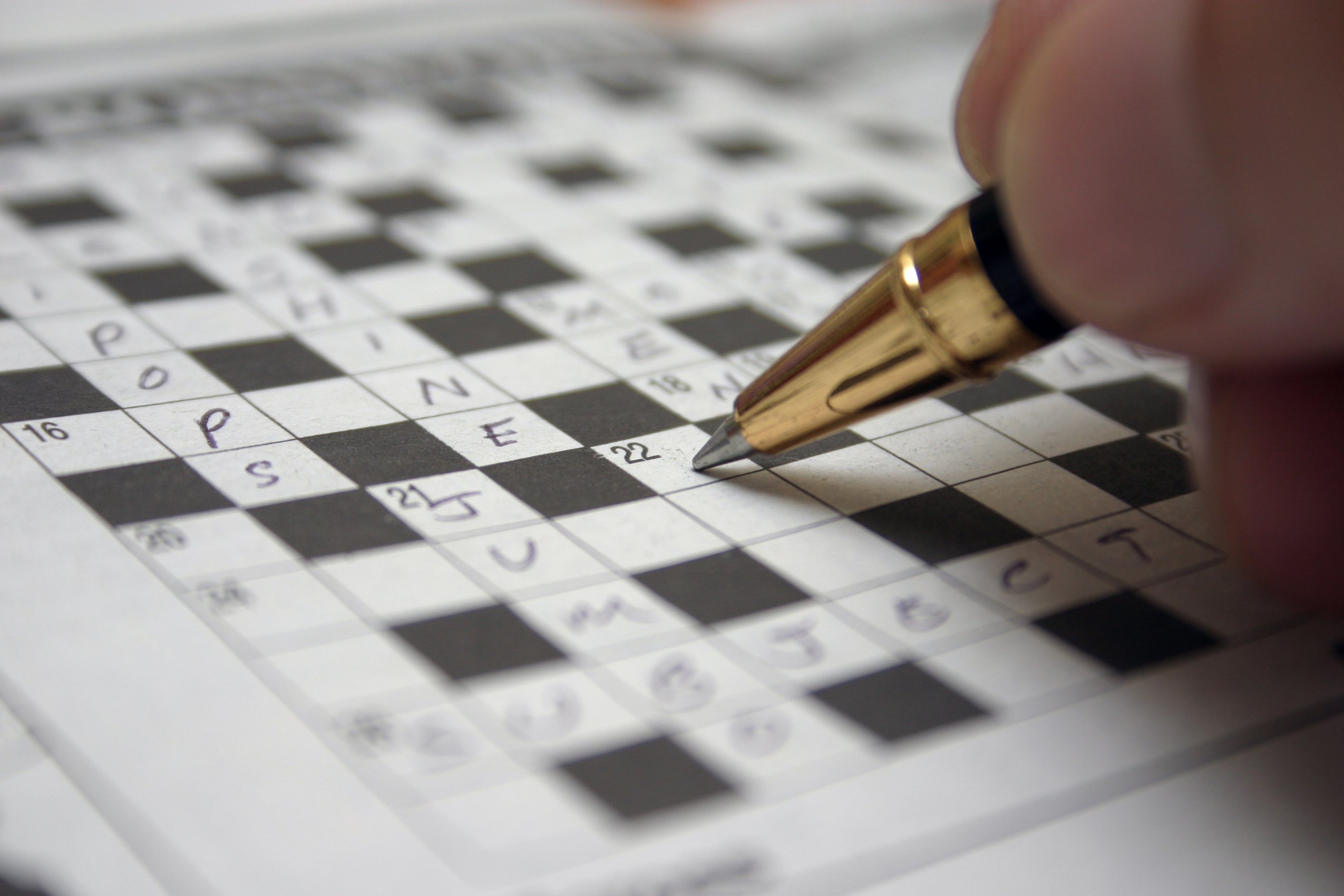 Crossword: December 30, 2025
Crossword: December 30, 2025The daily crossword from The Week
-
 The best food books of 2025
The best food books of 2025The Week Recommends From mouthwatering recipes to insightful essays, these colourful books will both inspire and entertain
-
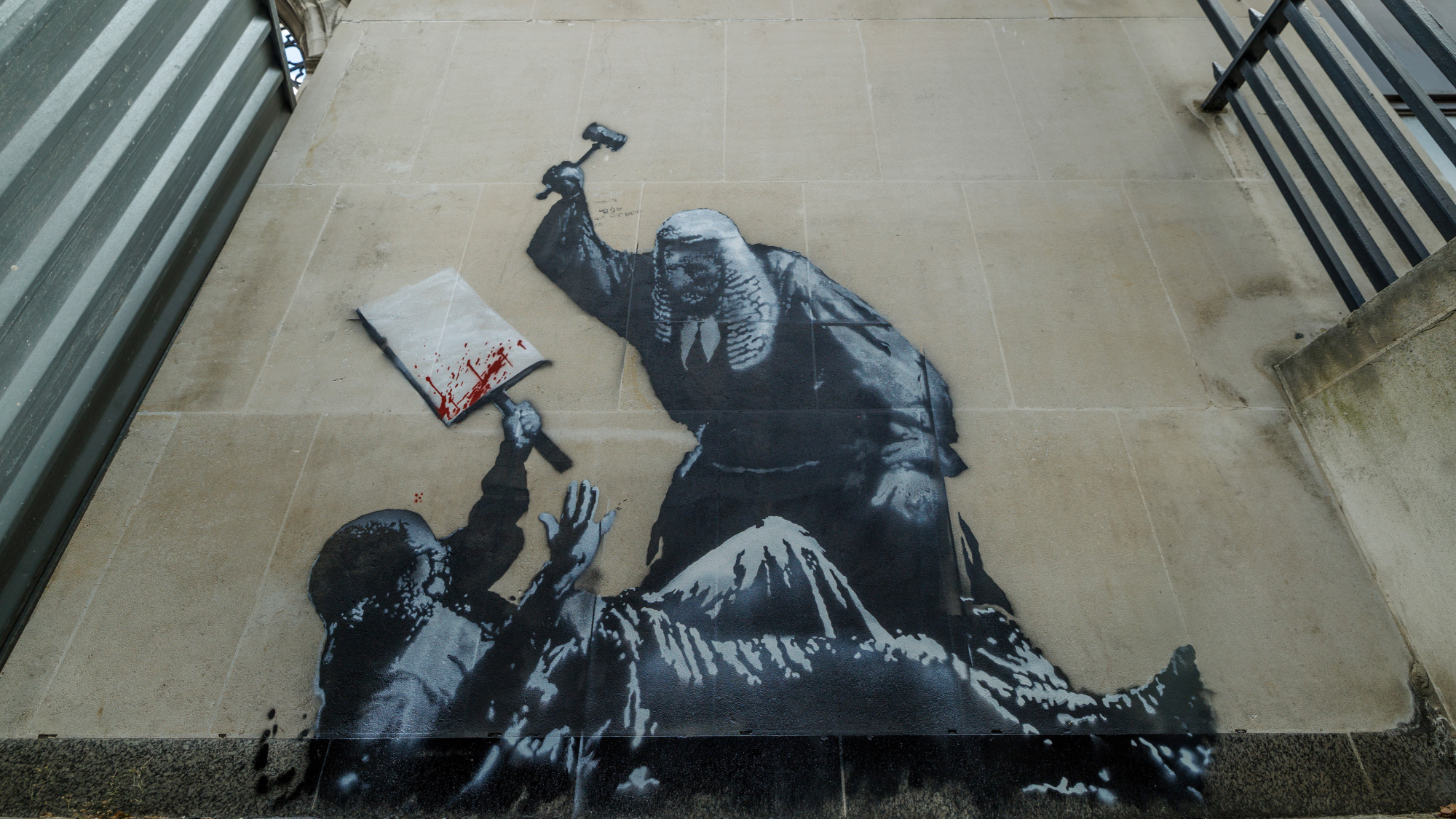 Art that made the news in 2025
Art that made the news in 2025The Explainer From a short-lived Banksy mural to an Egyptian statue dating back three millennia
-
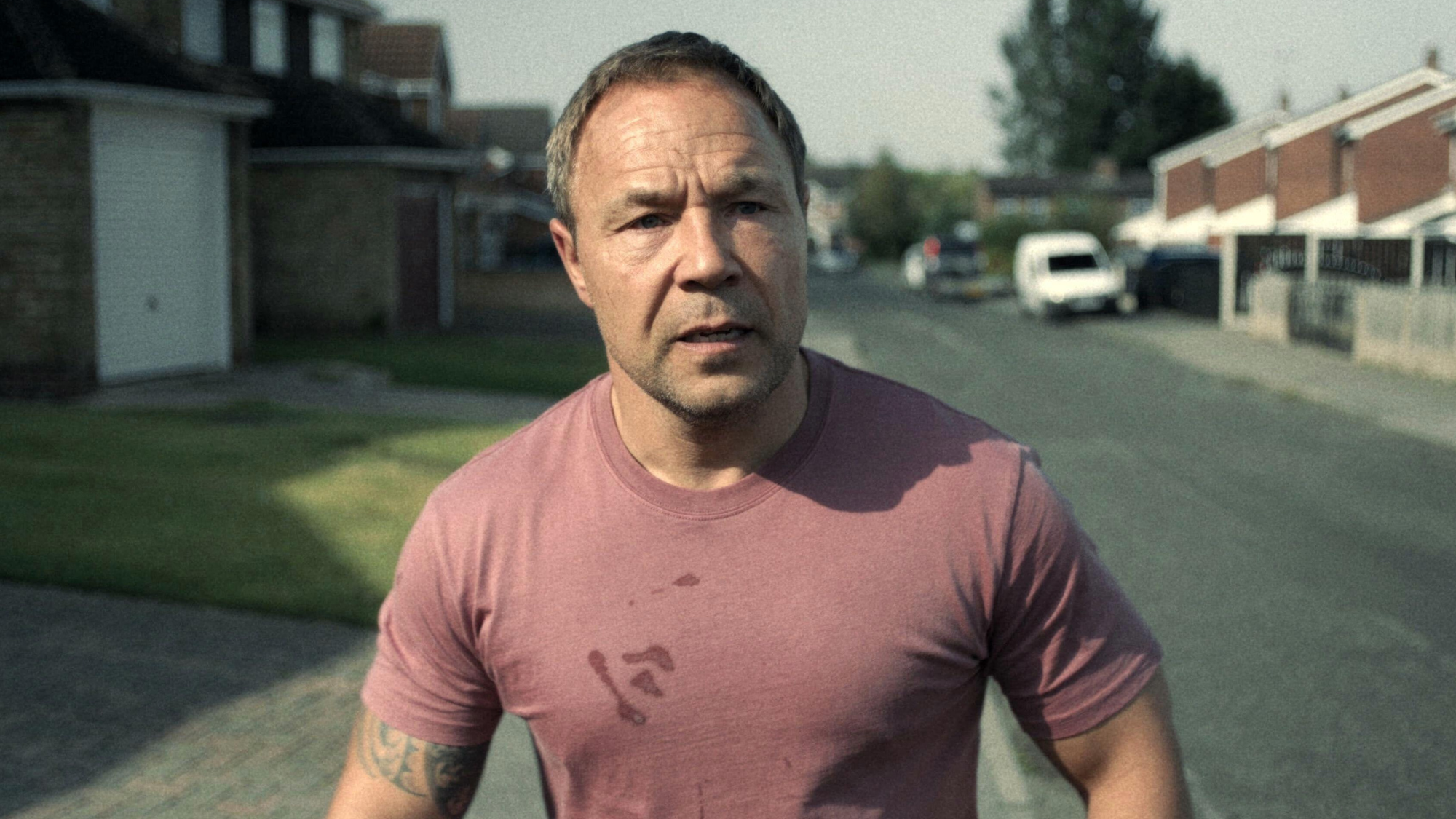 Nine best TV shows of the year
Nine best TV shows of the yearThe Week Recommends From Adolescence to Amandaland
-
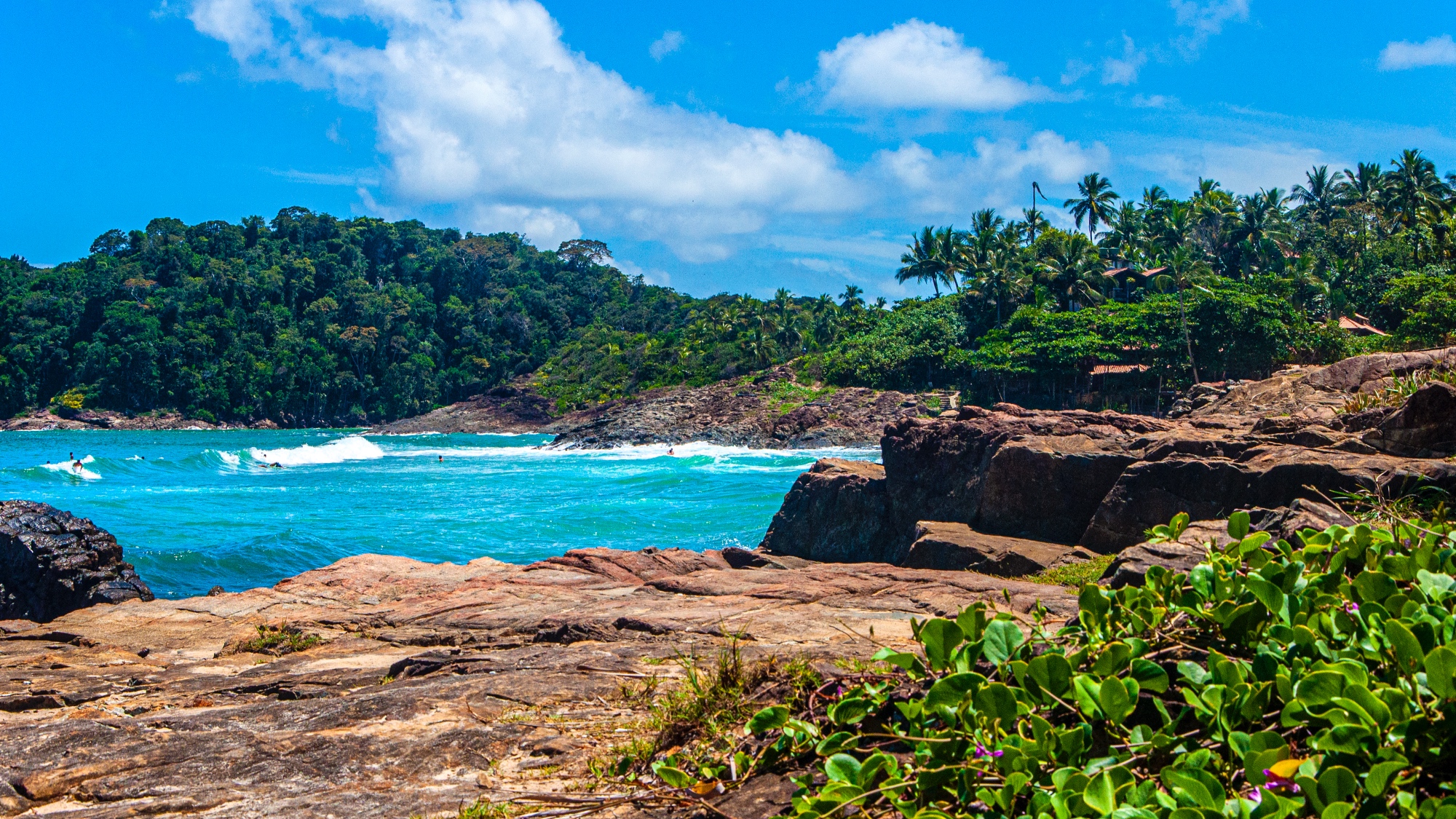 Winter holidays in the snow and sun
Winter holidays in the snow and sunThe Week Recommends Escape the dark, cold days with the perfect getaway
-
 The best homes of the year
The best homes of the yearFeature Featuring a former helicopter engine repair workshop in Washington, D.C. and high-rise living in San Francisco
-
 Critics’ choice: The year’s top 10 movies
Critics’ choice: The year’s top 10 moviesFeature ‘One Battle After Another’ and ‘It Was Just an Accident’ stand out
-
 A luxury walking tour in Western Australia
A luxury walking tour in Western AustraliaThe Week Recommends Walk through an ‘ancient forest’ and listen to the ‘gentle hushing’ of the upper canopy
-
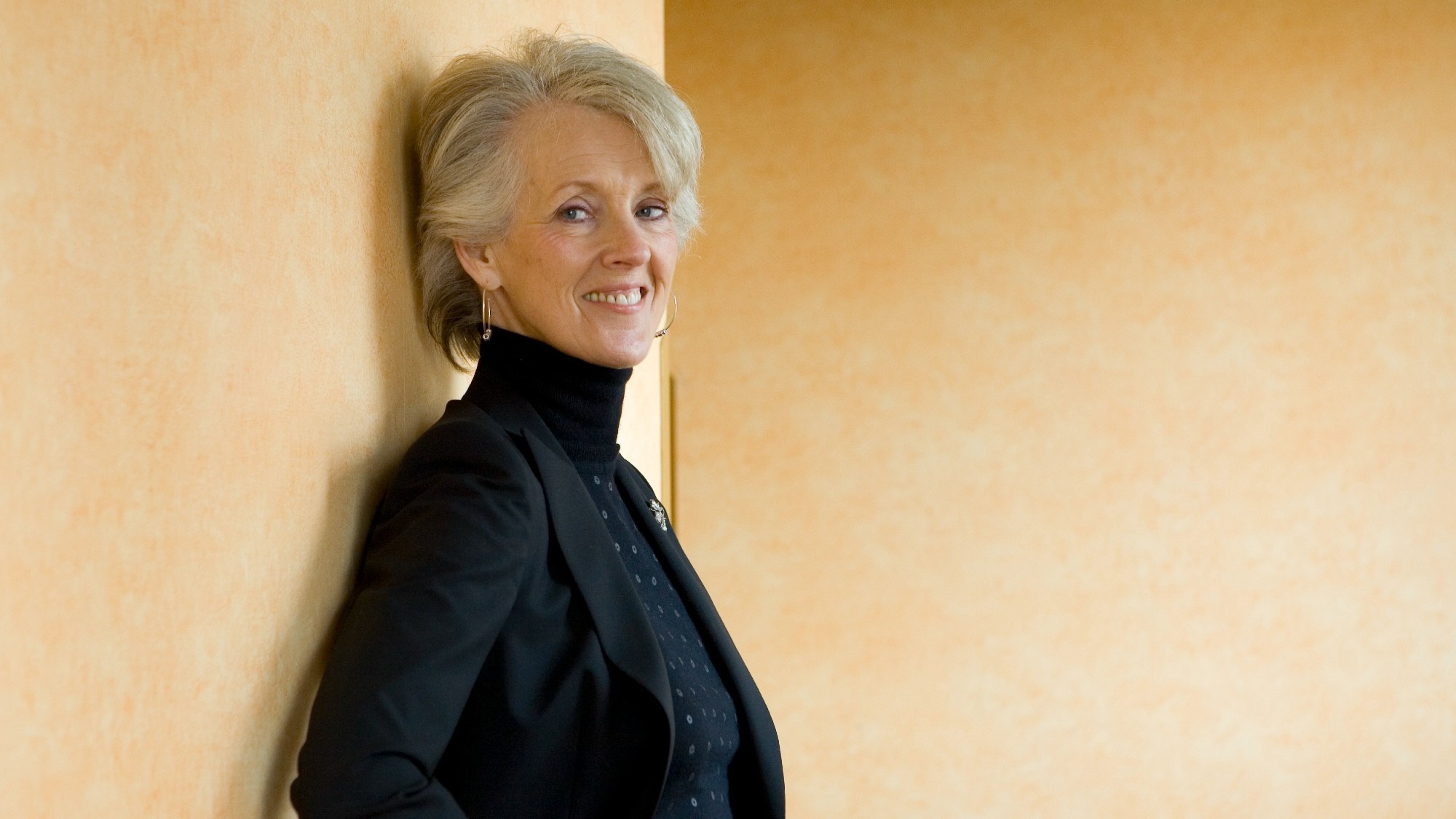 Joanna Trollope: novelist who had a No. 1 bestseller with The Rector’s Wife
Joanna Trollope: novelist who had a No. 1 bestseller with The Rector’s WifeIn the Spotlight Trollope found fame with intelligent novels about the dramas and dilemmas of modern women